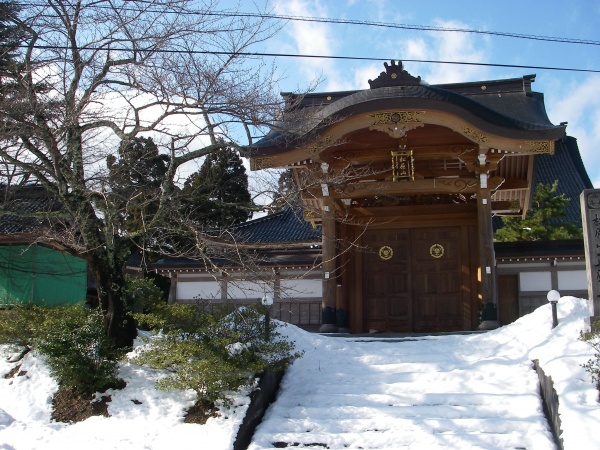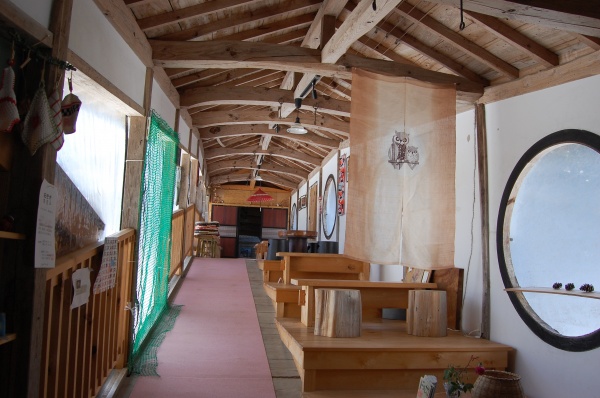Town revitalization making the most of natural landscape and traditions of Kanakura Wajima City, Ishikawa Prefecture, Japan
03.05.2010
-
DATE OF SUBMISSION :
-
03/05/2010
-
REGION :
-
Eastern Asia
-
COUNTRY :
-
Japan (Wajima City, Ishikawa Prefecture)
-
SUMMARY :
-
Over 300 kilometres from Tokyo, the port city of Wajima rests against the sea with the majority of its small and continuously dwindling population subsisting on agriculture, forestry, fishery, lacquer-ware manufacturing, and tourism. Located on a peninsula 60% covered by forested mountains, the city contains a significant amount of modified nature (mainly terraced rice paddies developed through long-lasting human interventions in balance with the nature’s capacity), which provides habitat for precious plant species and salamanders endemic to Japan. Kanakura once prospered as a central community in the region. However, population outflow to urban areas and the aging of the population progressed in the mid-1990s. In 2000, local residents voluntarily formed the “Kanakura School”, a spiritual and cultural backbone to revitalize the community. Kanakura School engages in activities that involve the entire community in order to restore the prosperity of the past by revitalizing exchange with the outside and attracting people from large cities. From a biodiversity perspective, this includes the revival of abandoned rice paddies, reversing the encroachment of these species-rich environments by homogeneous vegetation. Kanakura School transformed the entire Kanakura community into an eco-museum, now called “Yasuragi no Sato” (peaceful village). The efforts have been successful so that a research program has been established on the surrounding satoyama, tourism has sharply increased, and local products are growing in popularity.
-
KEYWORD :
-
rice paddies, eco-museum, community revitalization
-
AUTHOR:
-
Ms. Takako Matsui She has been working at PREC Institute Inc. since 1982, and is currently the manager of environmental coexistence division. Until today, she has been engaged in work such as survey and planning related to conservation and utilization of natural environment, supporting community involvement and creation of social consensus in rural development, and developing technical guidelines for environment impact assessments. Currently, she takes charge of work on the Satoyama Initiative, survey and planning related to natural parks, and others. Mr. Taito Kawashima He has been working at PREC Institute Inc. since 1997, and is currently the vice manager of environmental coexistence division. Until today, he has been engaged in work such as survey and planning related to conservation and utilization of natural environment, survey on conservation of agricultural land and promotion of agriculture, planning related to measures against global warming. Currently, he works on the Satoyama Initiative, survey work related to agriculture and biodiversity, and others. Mr. Takehiro Kasahara He has been working at PREC Institute Inc. since 2007, and is a researcher of environmental coexistence division. Until today, he has been engaged in work such as survey and planning related to conservation and utilization of natural environment and environment impact assessments. Currently, he works on the Satoyama Initiative, survey and planning work related to natural parks, and others.



